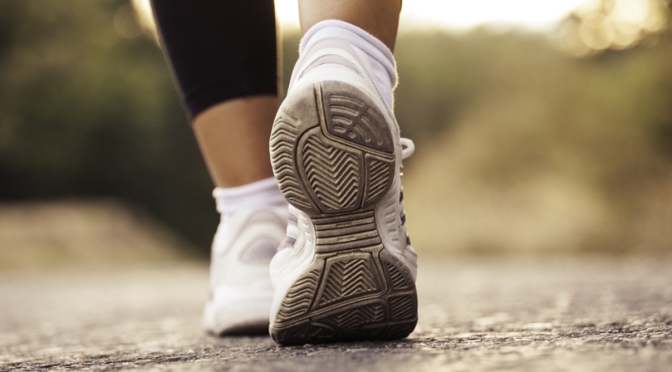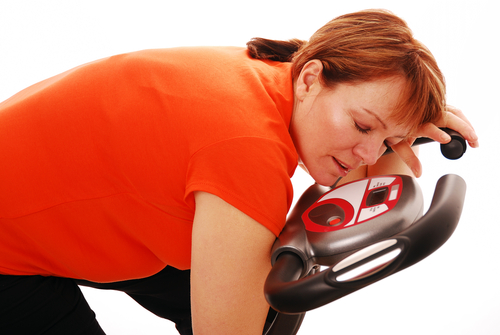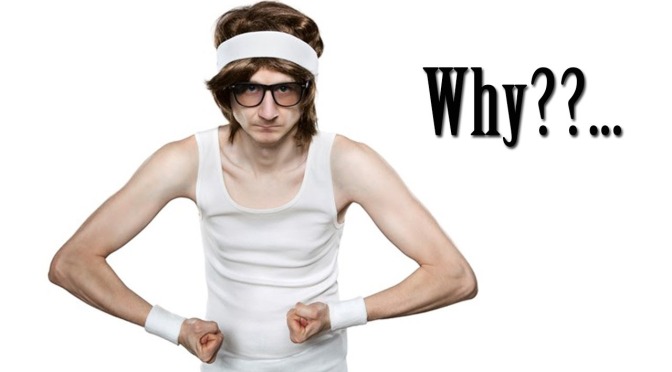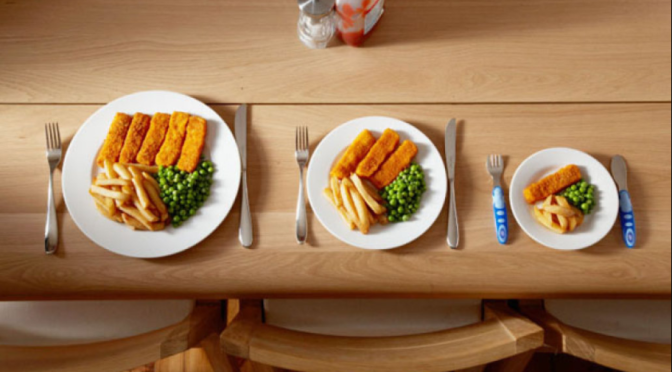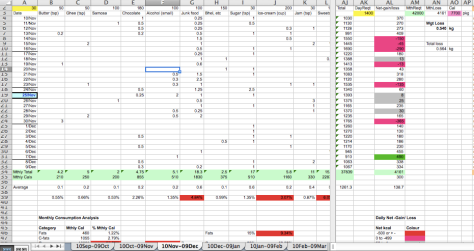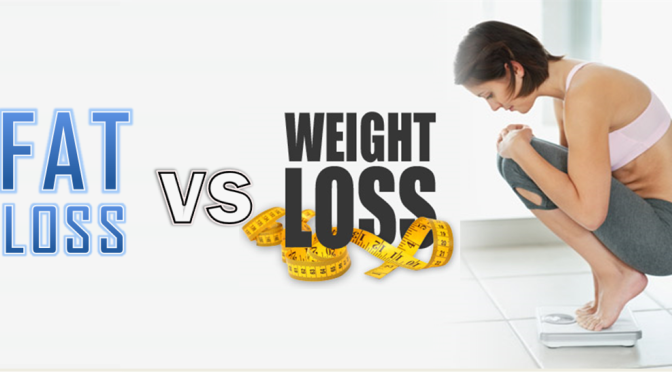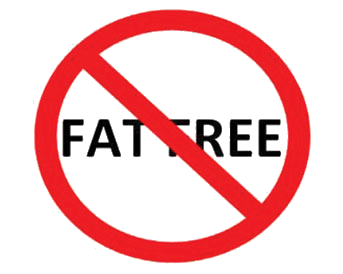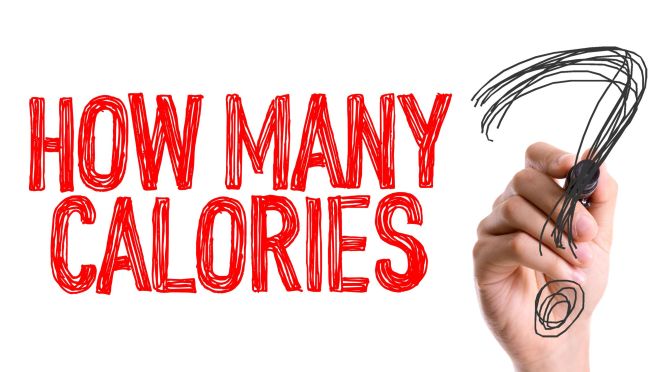I was 11 when I learnt for the first time that ‘walking’ was a cure for all obesity-related maladies. A neighbour, the mother of a friend of mine, had, I’d heard, been denied a reservation on a US-bound flight by an airline because she was overweight. Now I don’t know about airline norms existing at the time, but I do recall that that lady walked about ten kilometres everyday for the next three months to whittle down her 96-kilo frame to a 78-kilo one. When she tried to book her ticket again, the airline had no cause for complaint. On my following term break, I heard that the lady had had to extend her sojourn in the US due to a knee fracture she suffered from a fall on the pavement.
I’ve seen this story repeat itself several times since then (newly minted middle-aged marathoners who literally break a leg, come to mind). ‘Walking is the best exercise.’ This apocryphal piece of advice is dished out to so many so often without the slightest thought for long-term health.
Well-meaning relatives and friends, who oftentimes are the biggest defaulters where exercise is concerned, seem to proffer this advice left, right and centre. Mothers-in-law of expectant brides encourage their daughters-in-law to ‘simply walk’, all as part of the ante-natal care-giving for the mothers-to-be. Doctors of obese diabetic patients prescribe ‘walking for 20-30 minutes a day’ as part of the treatment. Parents of obese teenagers tag the children along with them on their own morning walk ritual.
‘Walking is the best exercise.’ This apocryphal piece of advice is dished out to so many so often without the slightest thought for long-term health.
Now, I have nothing against walking as a form of exercise. In fact, it is an inseparable part of my own regimen. It is convenient, cheap, does not need to be learnt, and does not require any special gear or equipment except a good pair of shoes. But to say that it is the ‘best form of exercise’ only explains the ignorance of the person saying it.
A person may be motivated to take up exercise for a variety of reasons, mostly reactively, unfortunately, rather than proactively. But if the goal is to seek long-term sustainable health and fitness, then depending on walking alone is investing your time in a severely lop-sided exercise programme.
If you break down the physiology of walking, you’ll realise that it is primarily a lower body workout, which engages your core. It is a high-impact activity that causes a great amount of stress on your weight-bearing joints, the hips, knees and ankles. Since it is a low intensity steady state activity (walking fast would still qualify as low intensity if you are able to do it for tens of minutes), walking engages your aerobic energy system (more on this later), necessarily involving your cardio-respiratory apparatus to provide a constant supply of energy.
The reason that long-time joggers look very lean – they lose the defining muscle along with the body fat.
As a cardio activity, then, walking depends on the carbs immediately available in your system in the form of glycogen stored in muscles, the fat stored in your body as adipose tissue, and the protein from muscles, which can break down to create glucose for energy, in that order. This implies that a cardio activity will eat through your muscle (presumably precious) if it is not able to generate enough energy quickly from the body fat (presumably dispensable). That’s also the reason that long-time joggers look very lean – they lose the defining muscle along with the body fat, unless their nutrition super-compensates for it.
When you let go of muscle, you allow for the weakening of your joints and, hence, bones. So, while your cardio-respiratory endurance improves, resulting in greater lung capacity and a lower resting heart rate, your muscles atrophy and your joints become feebler. How do you then spare the muscle and avoid risking a joint/ bone injury? By doing two things – ensuring appropriate nutrition (a protein-rich diet to repair the muscle tissue) and training with weights.
If fat loss is your goal, then you absolutely must make weight training a part of your fitness regimen.
Weight training provides your body with the training stimulus to first break down muscle tissue and then build it up to be stronger than before. It also prepares your joints and bones for dealing with high-impact activities such as walking or jogging.
If fat loss is your goal, then you absolutely must make weight training a part of your fitness regimen. A larger muscle mass means that you carry more metabolically active tissue, i.e. lean body mass, which revs your metabolism and increases your Basal Metabolic Rate (BMR). Also, resistance training has the greatest after-burn effect among all types of exercise. Hence, you burn more calories even when you are at rest and not only during exercise, as is the case with a cardio activity.
Here’s a bonus: weight training helps muscles to hypertrophy, i.e. grow larger, giving your body a complementary anti-aging lucky charm. It tones the body because muscles add definition to the limbs. You’ll love the compliments that come your way. (See what I did there?!)
Despite all these benefits to resistance training, there is a lot of resistance to training this way. (Okay, now I’m overdoing it…backing off!) I’ll explore other myths on this soon.
PC: shutterstock

